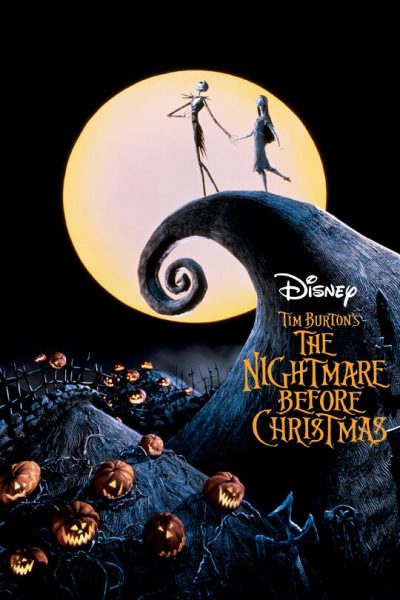Martin, Malcolm, & Montgomery
Alexandria Montgomery delves into the myth of MLK and Malcolm X

Martin Luther King Jr. and Malcolm X before the start of a press conference on March 26, 1964. This is one of the only known photographs of the two civil rights activists together. (Photo: Courtesy of The Library of Congress)
March 13, 2015
I am often asked (in a challenging manner) whose ideology I agree with most – Malcolm X or Dr. Martin Luther King Jr. (Read: violence or non-violence). It’s as if people, whether intentionally or unintentionally, condense these men’s messages into black and white grass-root tactics. This sifting through and condensation of their sentiments does such a great disservice to both men and their efforts, I felt very compelled to write about it.
It is essential that we realize prominent historical figures, especially those whose actions conflict with the interests of the majority, are often portrayed in the lighting set by those who own or greatly influence institutions such as education and government. For example, Ronald Reagan is glorified, although he and his administration are responsible for the crack cocaine epidemic that is still afflicting people of color today. (this link is to a Prezi presentation by Mr. Cory Caudil, Northmont Social Studies teacher, explaining in-depth the Iran Contra situation; many social critics contend it is linked to the crack cocaine epidemic which disproportionately afflicts people of color). In realizing this, we become more skeptical of the lessons learned in school and more accepting of the messages relayed through other means.
Dr. Martin Luther King Jr. is often associated with peace and nonviolence. His image has been bastardized by educational and governmental systems, as teaching of Dr. King’s true tactics would conflict with the ‘hidden curriculum’ taught in society. As Jaylin Paschal eloquently puts it:
“There was nothing even remotely passive about Dr. King or his methods. He was assertive and to the point. He set goals and often went to drastic measures to meet those goals. Dr. King’s nonviolence policy should not be confused as him looking the other way when white people were brutal. His policy was simply refusal to fight fire with fire, in an attempt to put out the flames in their entirety. ‘By any means necessary’ wasn’t his thing, but he also didn’t just pray and sit quietly while simply hoping better times would come.”
Dr. King’s nonviolent policy wasn’t a pacifist ideology – it was a strategy he personally stuck to in order to quell the very flames that were incessantly licking the skin of blacks.
Malcolm X is often falsely portrayed as well. In the rare times Malcolm X is taught of in school, it is a feeble misrepresentation of the man and his message. First, Malcolm X’s fundamental motive in his activism was not political, but religious. He began his activism after joining the Nation of Islam (a sect of the Muslim religion, not the Muslim religion itself; our schools fail to acknowledge this dissonance that results), and learning from the (not so honorable) Elijah Muhammad. While Malcolm X did preach for some time that white people were the devil, he did not necessarily preach as if violence was the basis for his sentiments, as many have been misled to believe. Malcolm X, while a member of the Nation of Islam, held and professed a fundamental tactic that was not violence, but separation. Mr. X believed liberation for blacks would only be attained through separation from the white race (don’t confuse separation with segregation).
After Malcolm X left the Nation of Islam and returned from his pilgrimage to Mecca, his essential principles changed drastically. He advocated for the love that threads together Muslims of various races to be the very love that threads together humans of various races. Never was Malcolm X’s essential tactic of violence.
Dr. King was not tied to non-violence, just as Malcolm X was not tied to violence. To reduce their ideologies to axes of violence and non violence does an injustice to the peril they went through. These men were too complex, too evolved, to be dwindled down to just one facet.












